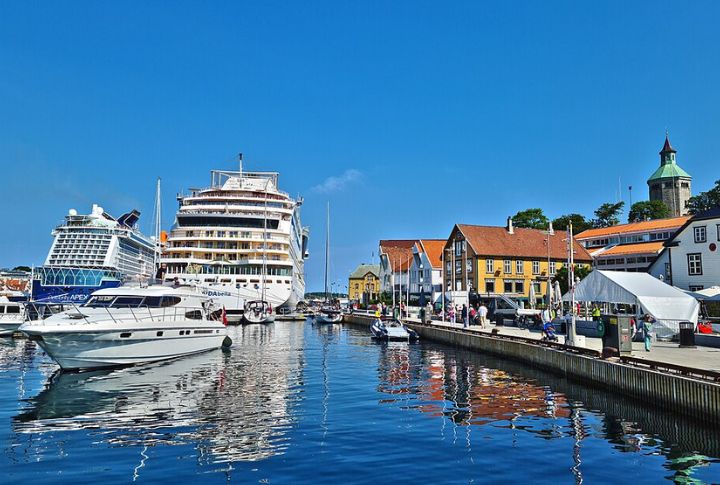
Not every country kept the name it started with. Over time, some names fade, replaced by titles that felt truer or more strategic. What once filled atlases now lingers in memory, footnotes, and old maps. These forgotten names hint at identities that refused to stay static.
Norway (Noregr)
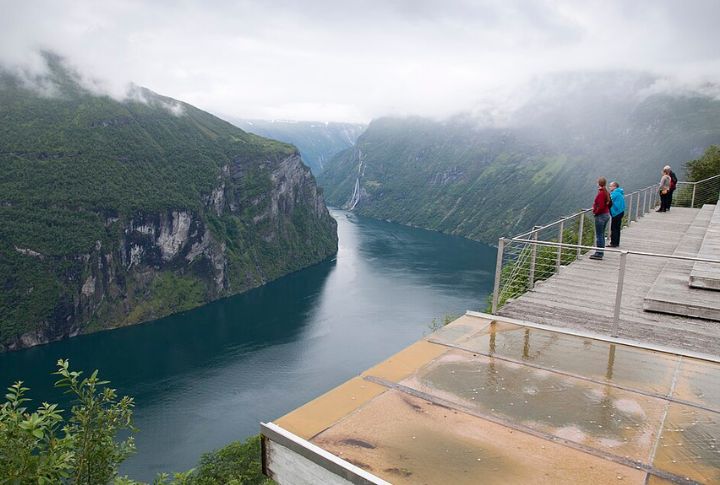
Ever wondered why we say Norway instead of “Norge”? That’s the local term. In Old Norse, it was Noregr, and German maps used Norwegen. What you’re using is the anglicized version adopted centuries ago. Blame foreign traders and printers. Over time, names bend to outside tongues more than local pride. Norway’s just one of many places shaped by who was telling the story.
Moldova (Bessarabia)
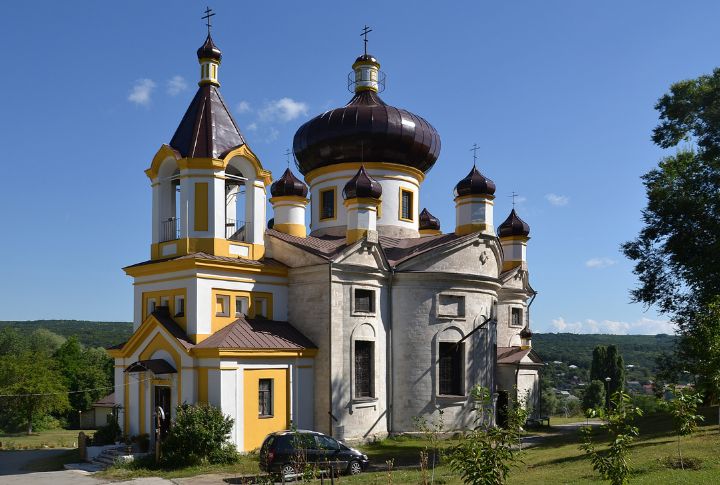
Bessarabia wasn’t just a poetic term—it was Moldova’s title under the Russian Empire and later Romania. After the Soviet collapse in 1991, Moldova claimed its independence and its new name. No more being lumped in as a region. It’s a sovereign state now, rooted in heritage and modern autonomy.
Ukraine (Kievan Rus)
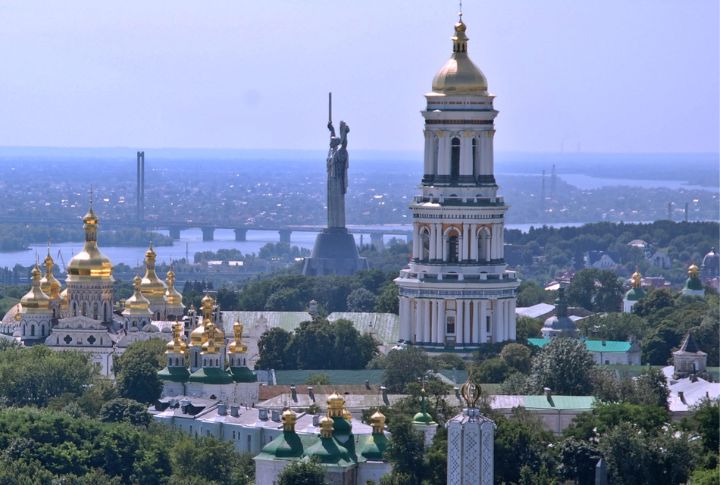
Long before modern tensions, Ukraine led the charge in medieval Eastern Europe. Known then as Kievan Rus, it thrived with Orthodox roots, royal rivalries, and Slavic unity. Centuries later, the nation draws strength from that legacy—not just as history but as purpose.
Netherlands (Holland)
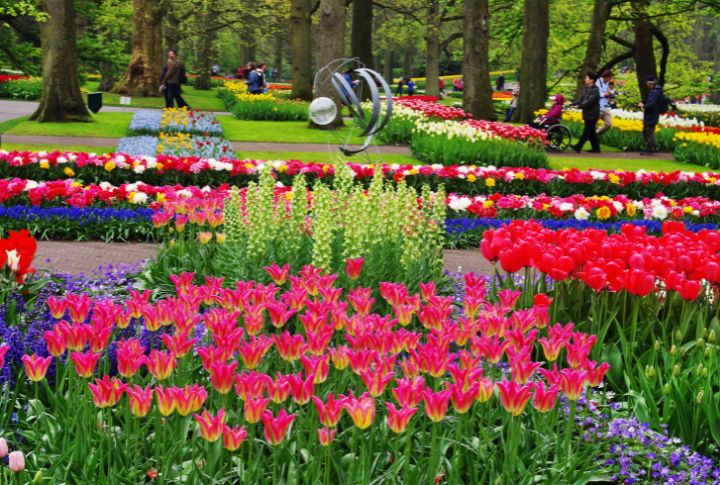
Traditionally, “Holland” referred to just two of the twelve provinces: North Holland and South Holland. Still, the entire country was commonly called by the same name. In 2020, the Dutch government officially phased out “Holland” for clarity and branding. The correction ended a centuries-long case of mistaken geographic identity.
Greece (Hellas)
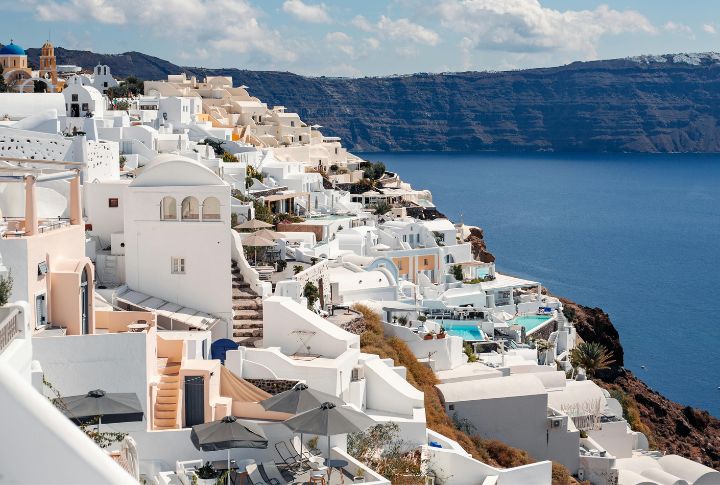
Did you know Greeks never call their nation “Greece”? They say Hellas! The term “Greece” came from outsiders and never really caught on locally. Romans tossed that word in the mix ages ago, and it stuck globally. So, next time you’re in Athens, just say Hellas and watch locals smile with approval.
Belarus (Byelorussia)
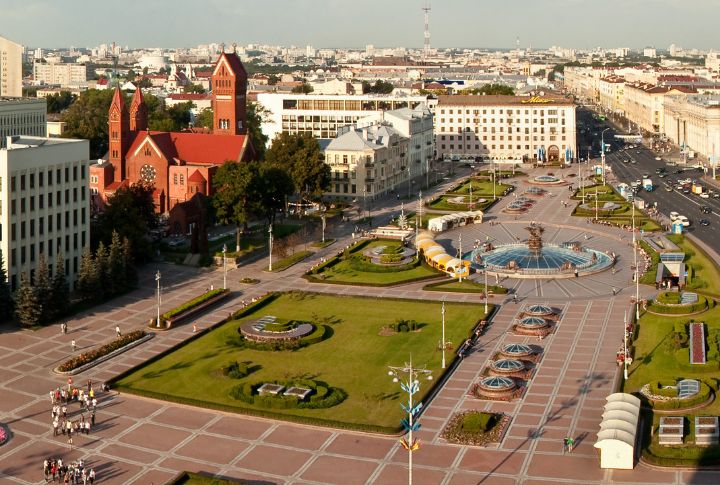
It turns out that Belarus’s Soviet-era title, Byelorussia, meant “White Russia.” But after 1991, the country ditched that Cold War baggage. You wouldn’t want your history tied to someone else’s shadow, either. Belarus stepped out, dropped the prefix, and owned its own story.
Ireland (Irish Free State)

Declared in 1922, the Irish Free State marked Ireland’s break from British rule. By 1937, a new constitution replaced the name with simply “Ireland.” This wasn’t rebranding—this was reclaiming. Today, the name reflects centuries of resistance and hard-won dignity.
North Macedonia (Republic Of Macedonia)
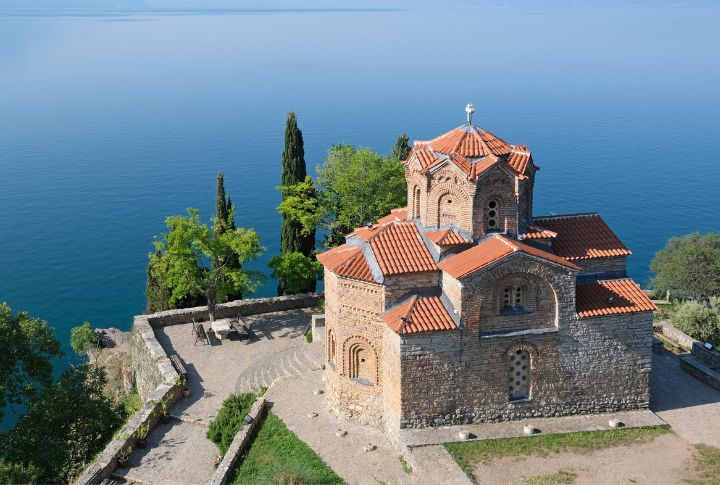
What would you give up for recognition? North Macedonia traded its original name for broader acceptance. Born as the Republic of Macedonia in 1991, it faced decades of disputes with Greece. The solution? A renaming in 2019 finally opened NATO’s doors. It shows how national pride sometimes bends under the weight of diplomacy.
Albania (Illyria)
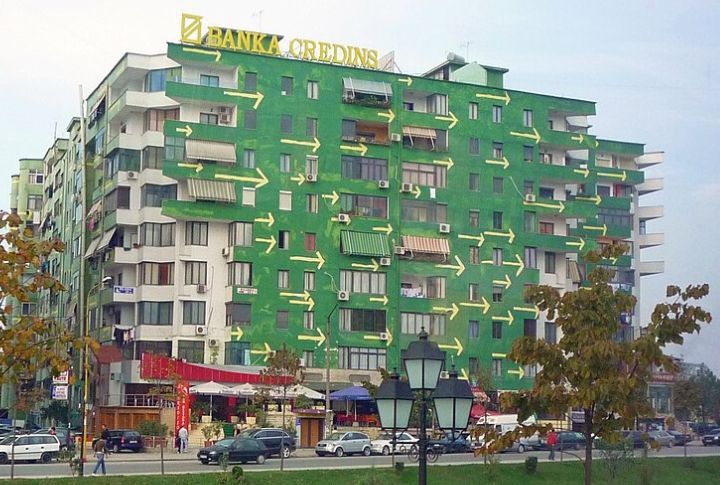
Illyria sounds like something out of epic folklore, yet it was a real region along the Adriatic coast. Home to fierce tribes and later absorbed by Rome, it laid the foundation for Albania. Albanians now embrace their Illyrian roots as a lasting thread in their cultural story.
Serbia (Federal Republic Of Yugoslavia)
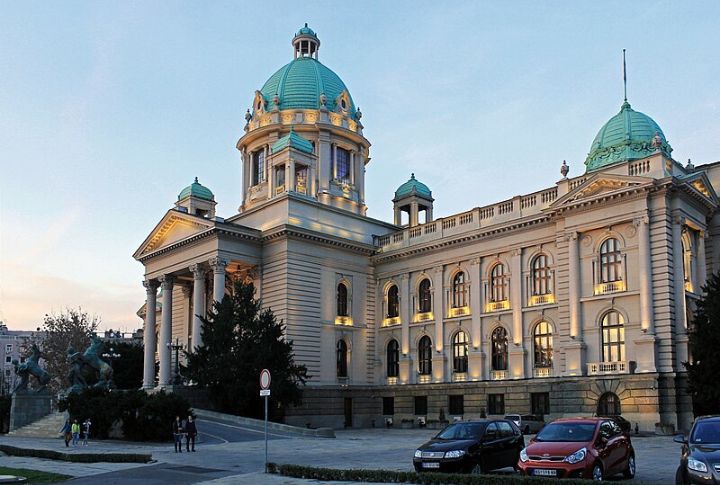
After the breakup of the original Yugoslavia in the 1990s, Serbia and Montenegro held onto the name as the Federal Republic of Yugoslavia—a symbolic nod to continuity. But by 2003, even that label gave way. Serbia eventually dropped the Yugoslav name entirely, reflecting a clearer national identity post-separation.

